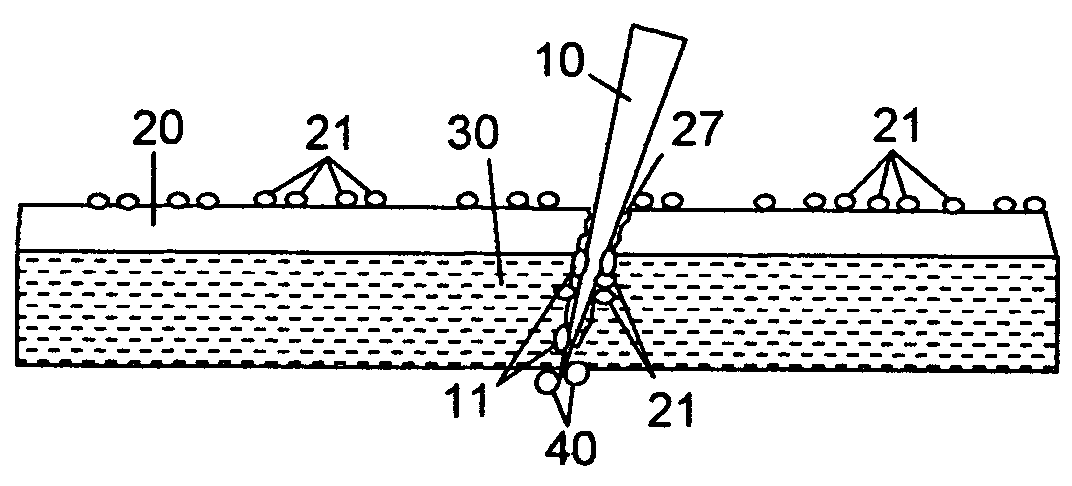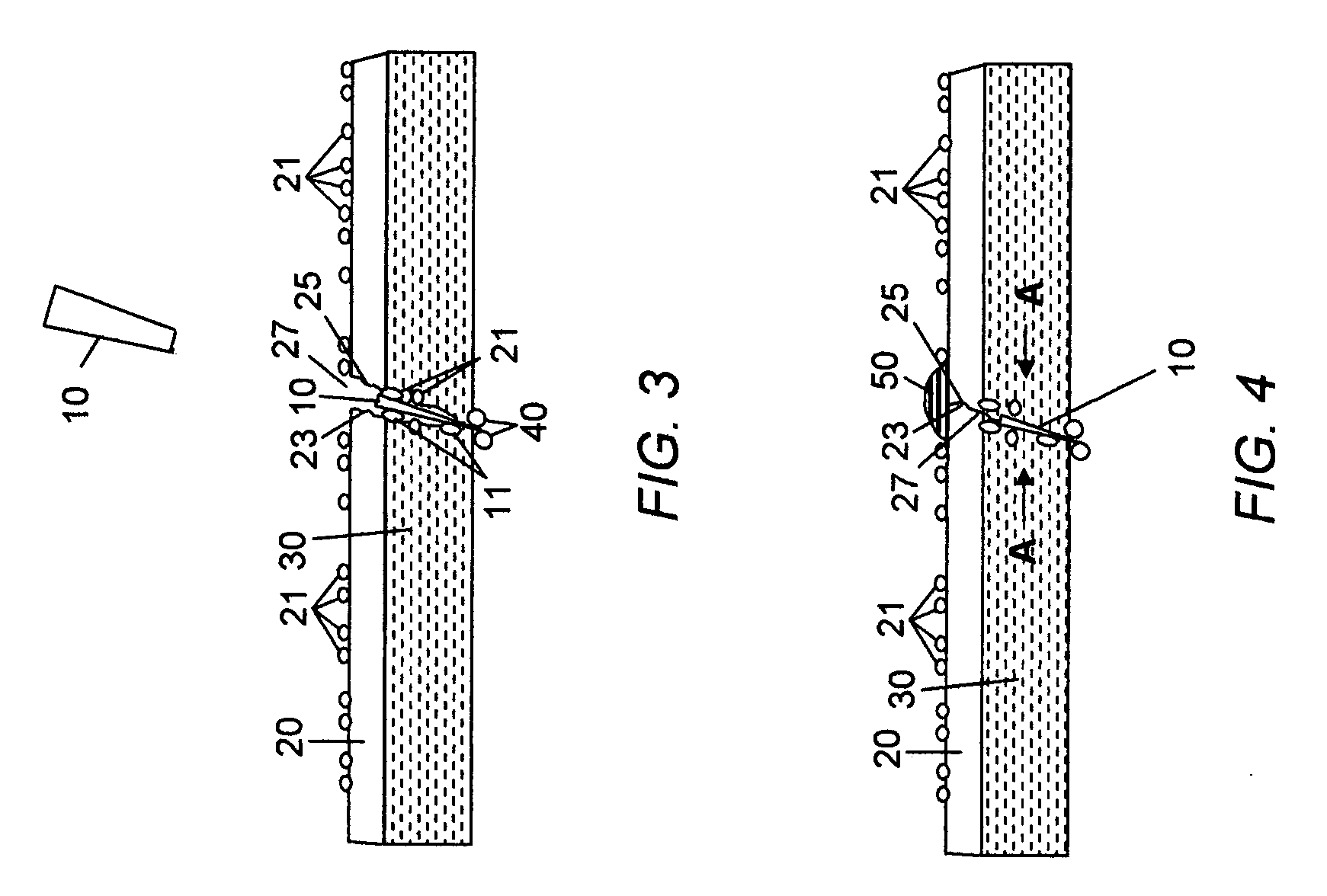Insect sting treatment
a technology for insect stings and treatment, applied in the field of insect sting treatment, can solve the problems of infection, inflammation, pain and redness, inflammation, redness and pain, and will, and achieve the effect of reducing the immune respons
- Summary
- Abstract
- Description
- Claims
- Application Information
AI Technical Summary
Benefits of technology
Problems solved by technology
Method used
Image
Examples
Embodiment Construction
[0037]Ichthammol
[0038]Ichthammol is bituminosulfate derived from heating coal. It is a sulfonated hydrocarbon (shale oil), typically brown, having the consistency of tar.
[0039]It has a thick and grease-like consistency which does not easily evaporate. Since it is also soluble in water, it is a very good emollient used to moisturize skin and keep the skin from getting dry or crusty for long periods of time.
[0040]Antimicrobial
[0041]Since Ichthammol has a sulfonic component, it creates a chemical environment making it difficult for microbes to survive. It is efficient at neutralizing gram positive organisms.
[0042]Therefore, it is also listed as an antimicrobial agent.
[0043]Immune Response
[0044]When the body identifies foreign material or cells in its presence, the human body triggers a long chain of chemical reactions which result in itching, swelling, pain and redness.
[0045]There are intermediate substances produced by these reactions which continue and are processed ultimately into f...
PUM
 Login to View More
Login to View More Abstract
Description
Claims
Application Information
 Login to View More
Login to View More - R&D
- Intellectual Property
- Life Sciences
- Materials
- Tech Scout
- Unparalleled Data Quality
- Higher Quality Content
- 60% Fewer Hallucinations
Browse by: Latest US Patents, China's latest patents, Technical Efficacy Thesaurus, Application Domain, Technology Topic, Popular Technical Reports.
© 2025 PatSnap. All rights reserved.Legal|Privacy policy|Modern Slavery Act Transparency Statement|Sitemap|About US| Contact US: help@patsnap.com



